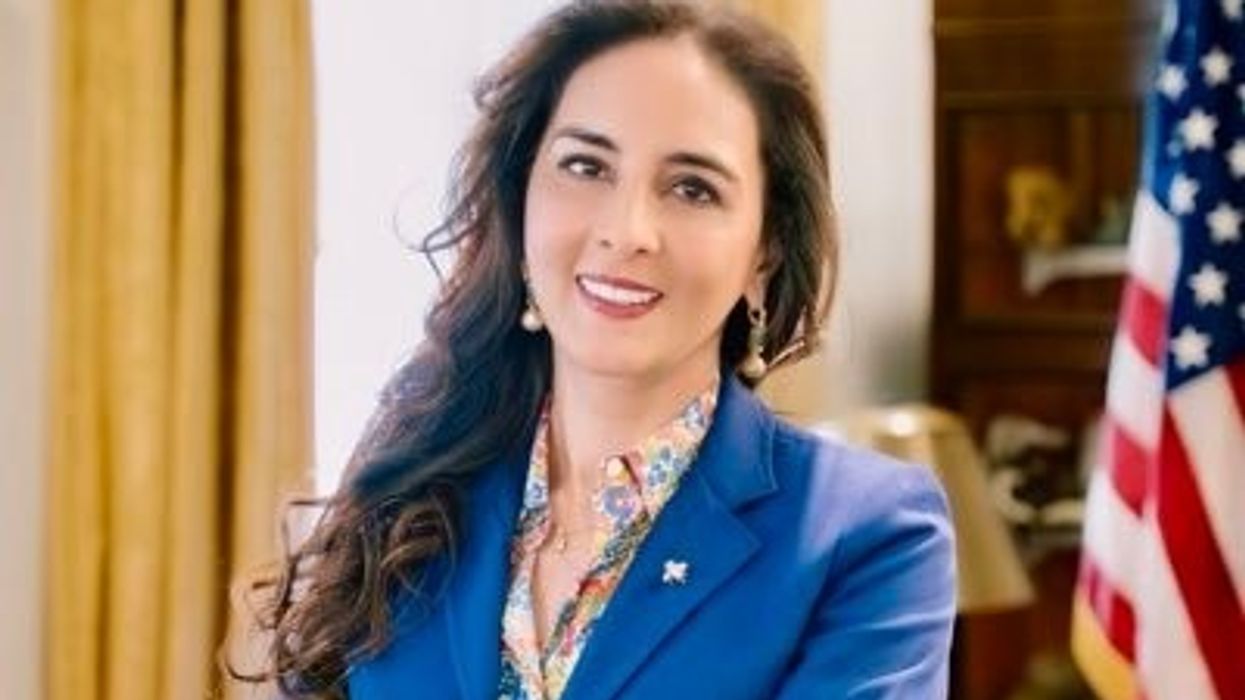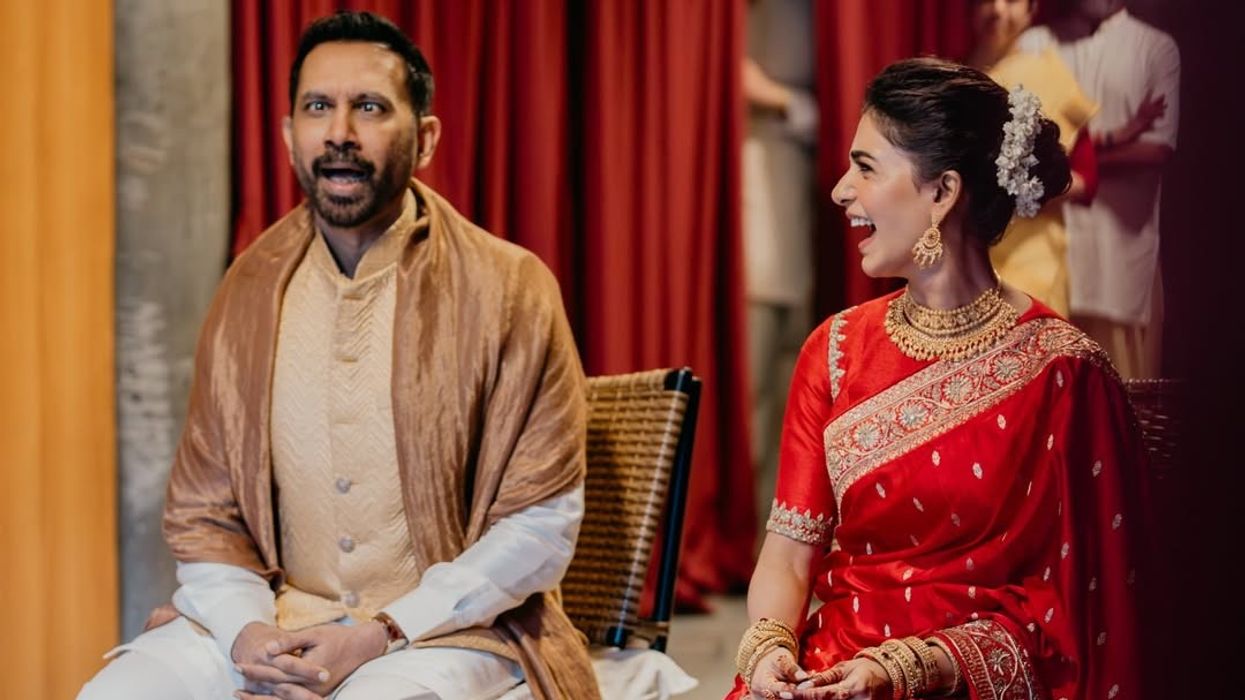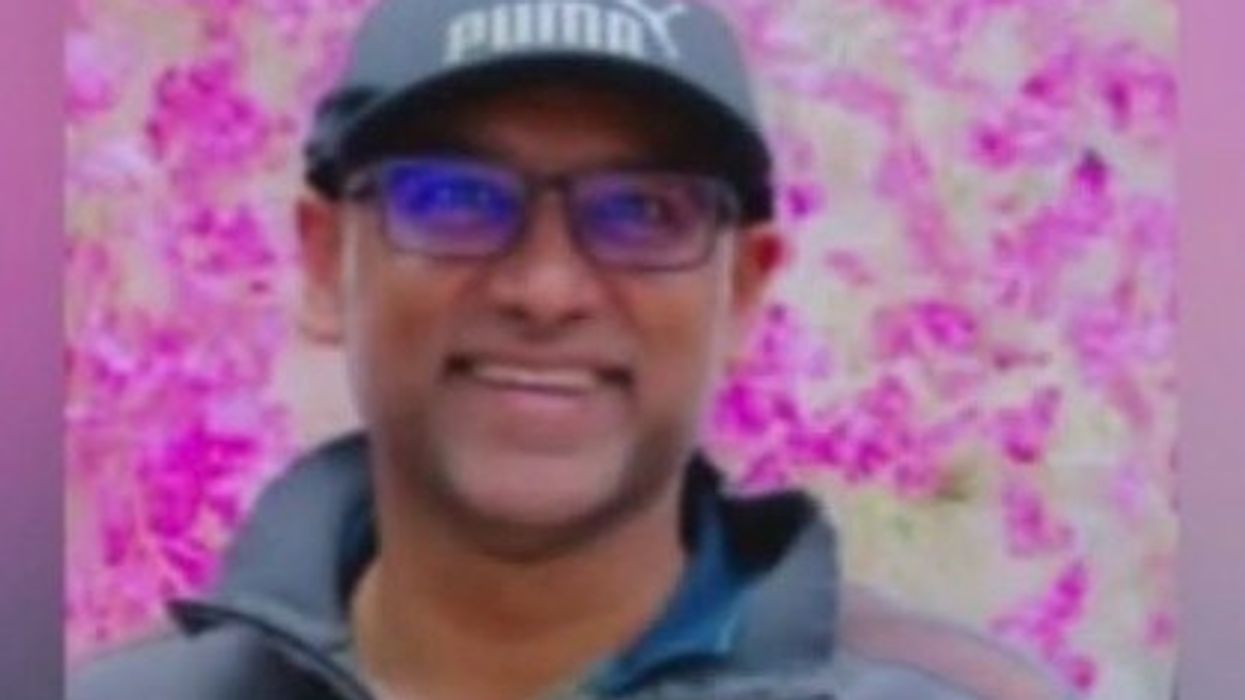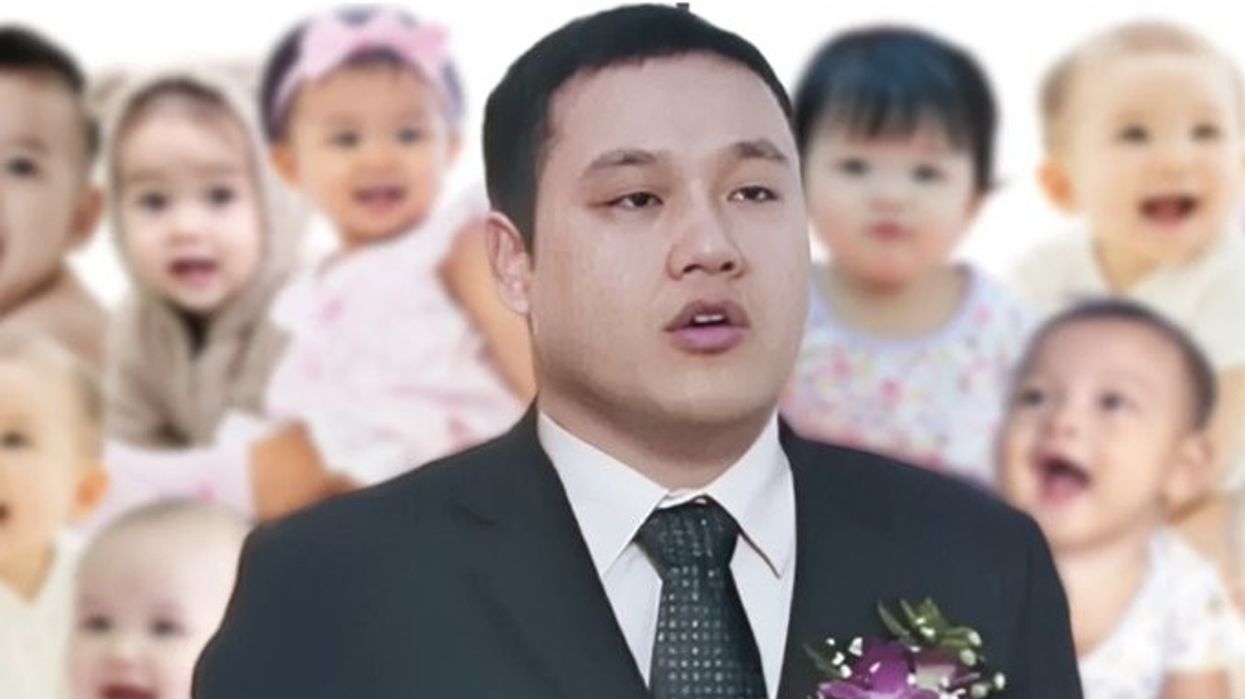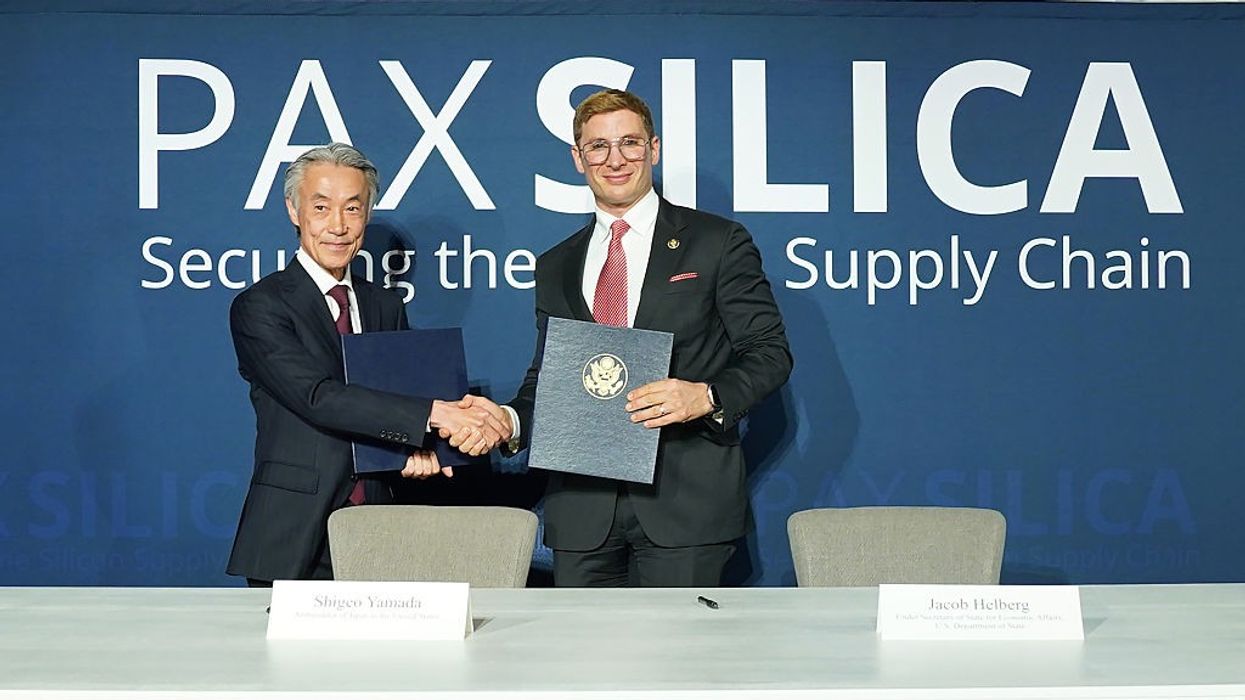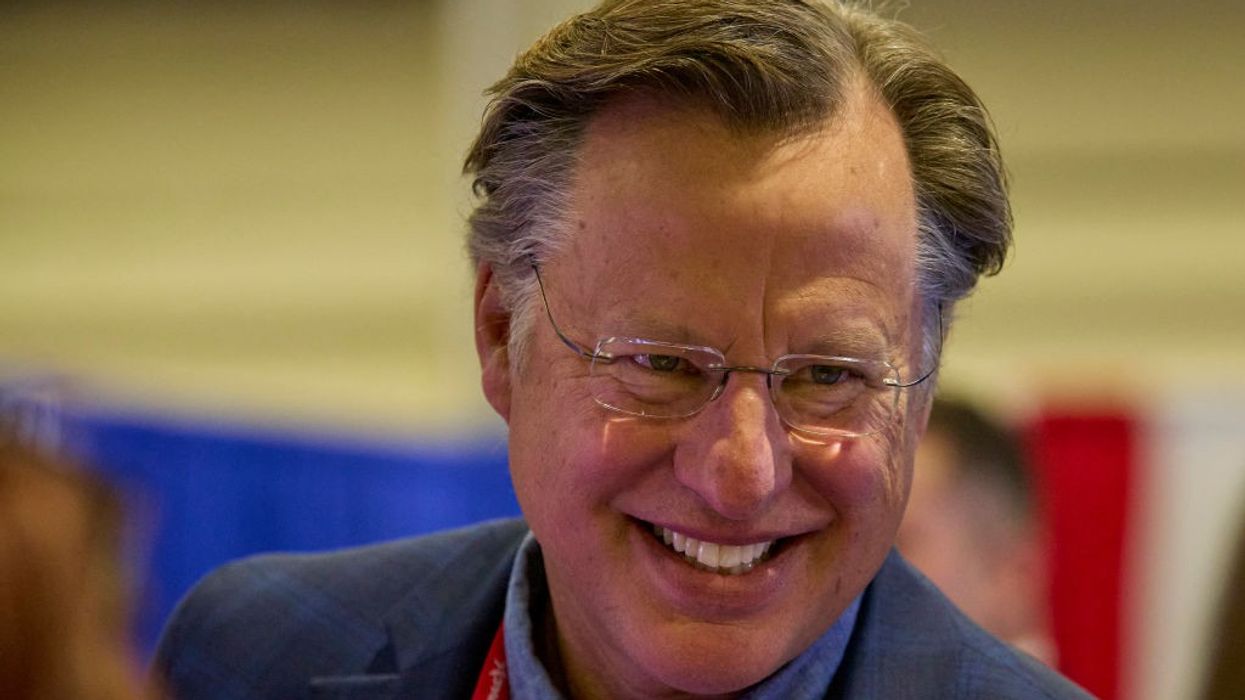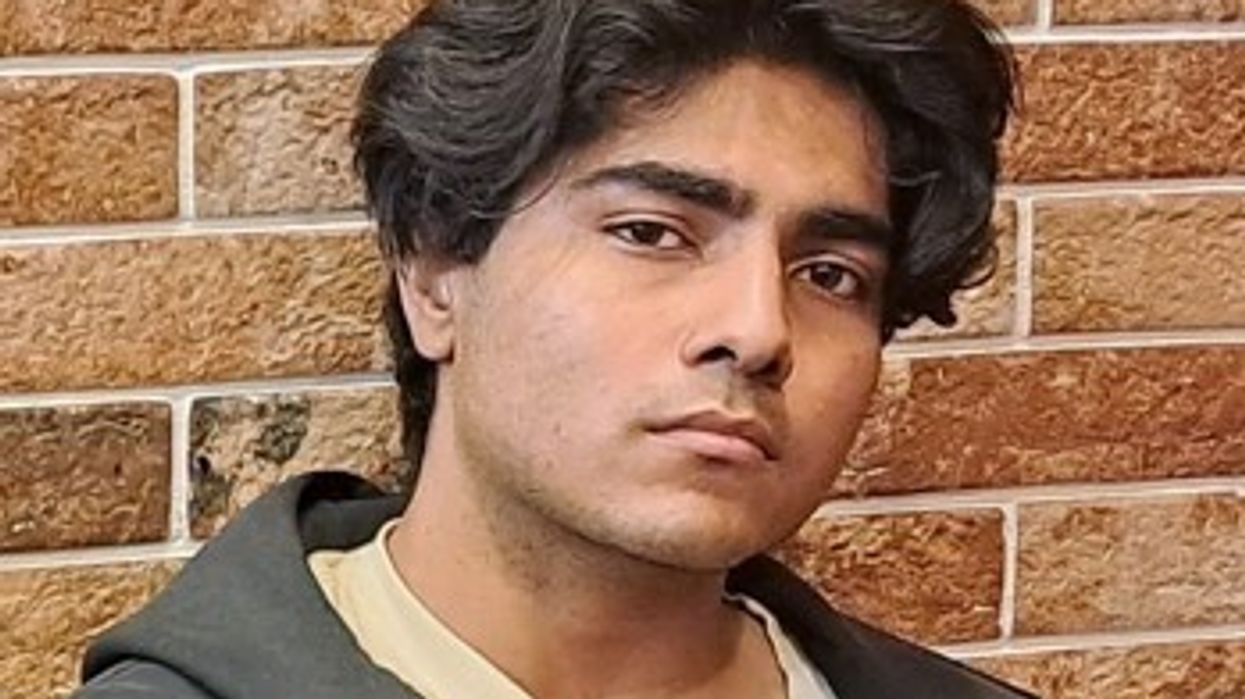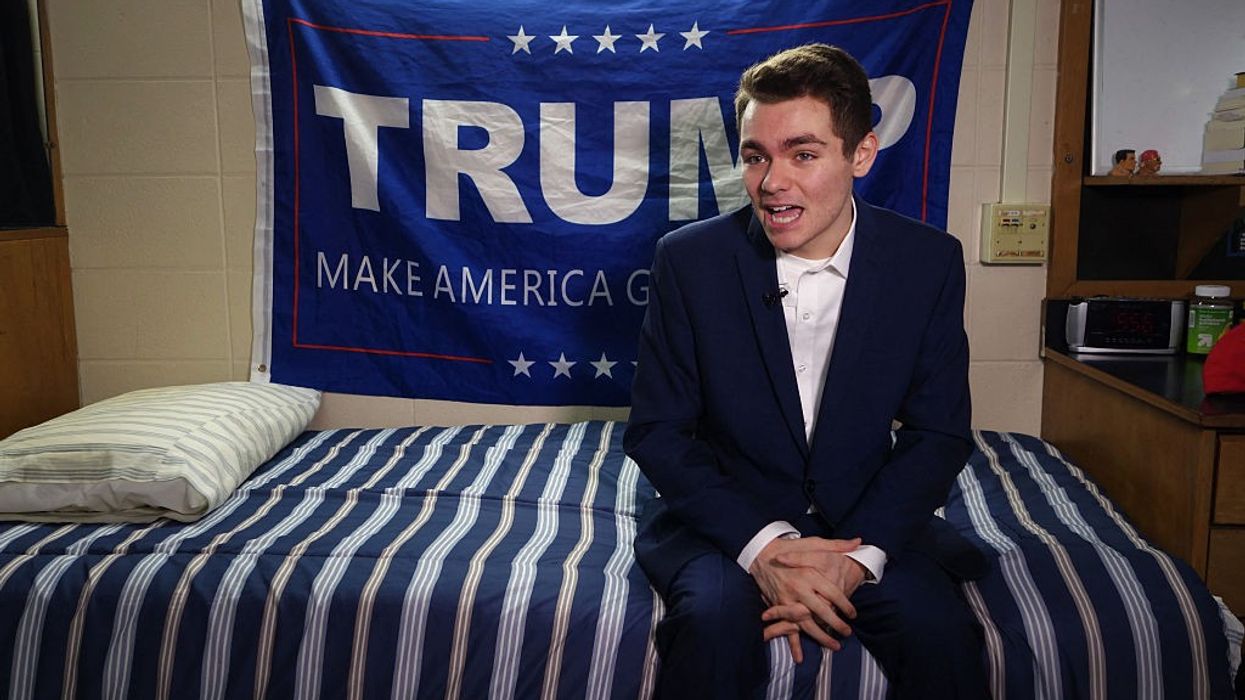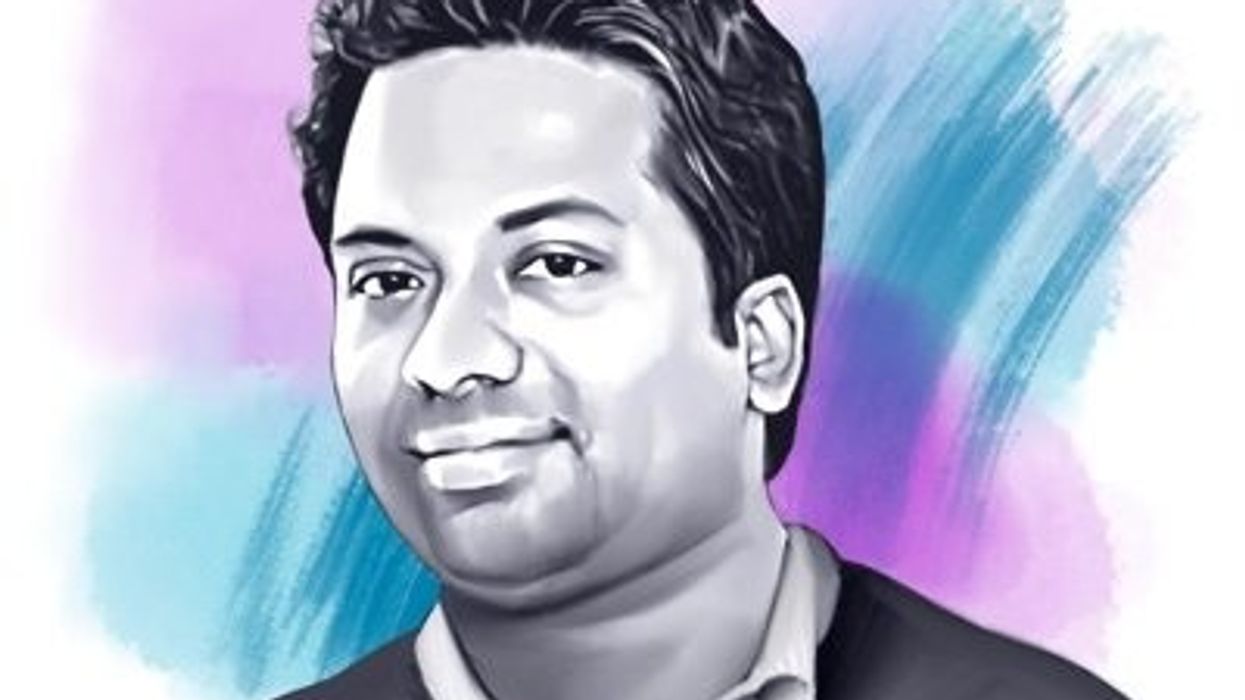India-born attorney and current Assistant Attorney General for Civil Rights in the Trump administration, Harmeet K. Dhillon, has reignited debate over America’s physician shortage by calling the US medical education system “broken.”
In a widely shared post on X, Dhillon drew on personal experience, highlighting her father’s service as the sole orthopedic surgeon for over 15 years in rural North Carolina. She described how immigrant doctors like her father fill critical gaps in US healthcare and urged Americans not to “scapegoat” foreign-trained physicians, blaming the shortage partly on “ideological and admissions failures” in the system.
Physician shortage and the role of immigrant doctors
The discussion comes at a time when roughly one-fourth of US physicians are international medical graduates (IMGs). These foreign-trained doctors—many on H-1B visas—play an outsized role in supplying primary care and rural medical services, often practicing in communities that struggle to recruit US-trained physicians. Removing or limiting their presence would deeply strain healthcare delivery, particularly in underserved regions.
Republican Congressman Greg Murphy echoed Dhillon’s views, arguing that “H-1B visas are critical for helping alleviate the severe physician shortage this nation faces. We cannot train enough American doctors fast enough.” However, health policy experts caution that reliance on IMGs raises ethical concerns about drawing talent away from countries facing their own shortages.
Training bottlenecks, financial barriers, and systemic flaws
While US medical schools are recognized for world-class education, several structural issues prevent the training pipeline from keeping pace with demand. A major bottleneck is the cap on federally funded residency positions, fixed since 1997. Medical school graduates—even after years of costly education—cannot practice independently unless they secure a residency. Each year, hundreds of qualified US graduates go unmatched and cannot become doctors.
According to 2022 Association of American Medical Colleges (AAMC) figures, the median medical school debt now stands at $200,000—a burden that pushes many new doctors into high-paying specialities, further depriving primary care and rural areas.
Experts warn that simply admitting more students to medical school is not a solution unless residency slots grow in parallel. Without this, increasing student numbers only worsens the backlog. The AAMC’s April 2025 report projects significant physician shortfalls over the next decade unless major investments are made to expand residency training and align it with workforce needs.
Policy proposals and the future of US healthcare
Policy analysts recommend a multi-pronged approach: expand Medicare funding for additional residency training, encourage hospitals to boost capacity, and offer targeted incentives like loan forgiveness, competitive salaries, and administrative support to doctors in shortage areas. They also urge medical school admissions to reflect real workforce needs—balancing specialty interest with broad national requirements—and advocate for curriculum reforms to meet evolving healthcare challenges.
Dhillon’s intervention highlights a national consensus among reformers: fixing America’s doctor shortage requires more than increasing medical school admissions or restricting immigration. It will take coordinated changes involving funding, residency expansion, immigration policy, and targeted incentives to stabilize and modernize the workforce.
